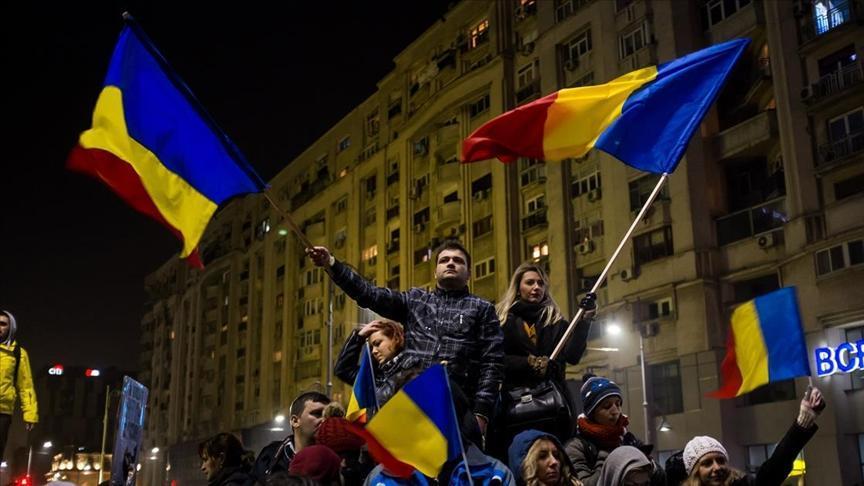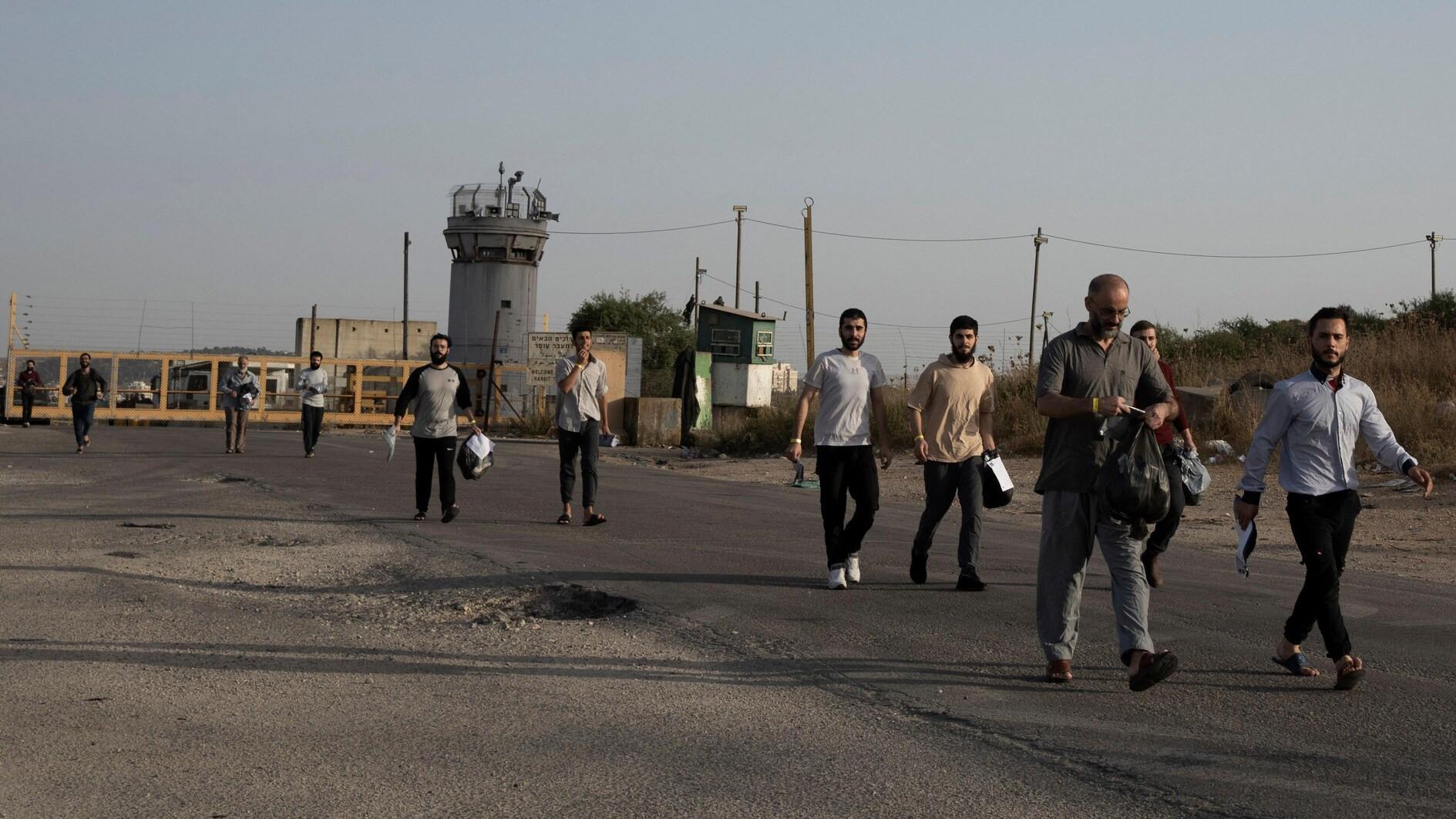Infrastructure deals to bridge South America
SAO PAULO - Agence France-Presse

Boys play soccer in the Vila Autodromo slum in Rio de Janeiro April 19. South American policy makers plan to integrate Brazil with the region through projects. REUTERS photo
South American policymakers and corporate leaders unveiled a multi-billion dollar plan on April 24 to integrate the region through 31 priority infrastructure projects to be completed by 2022.The scheme, which will require more than $21 billion in private and public investment, was unveiled at a seminar organized by the powerful Federation of Sao Paulo State Industries (FIESP), the 12-nation Union of South American Nations (UNASUR) and the Brazilian government.
It calls for the construction of 2.4 kilometers of bridges, 14 kilometers of tunnels, 57 kilometers of ring roads, 360 kilometers of transmission lines, 379 kilometers of river dredging, 1,500 kilometers of gas pipelines, 3,490 kilometers of waterways, 5,142 kilometers of highways and 9,739 kilometers of railway lines.
“The time has come to face up to our lack of regional infrastructure,” said Carlos Cavalcanti, head of FIESP’s department of infrastructure.
“We need to link countries and border regions, modernize freight transport and improve comfort for passenger traffic, unite a continent and bring our peoples closer together. This our challenge,” he added.
UNASUR, set up in 2008, groups Argentina, Bolivia, Brazil, Chile, Colombia, Ecuador, Guiana, Paraguay, Peru, Suriname, Uruguay and Venezuela.
Antonio Simoes, Brazil’s deputy minister for South America, Central America and the Caribbean, said the scheme was in line with President Dilma Rousseff’s strategic vision anchored on “pragmatism and solidarity.”
“Brazil wants to grow but we don’t want to grow alone. We want to grow with our neighbors,” he added.
Noting that a key challenge for Brazil was to defend its domestic industries in the face of aggressive Asian competition and a “currency war” waged by rich countries, Simoes said South America, with its 400 million people, offered the best outlets for Brazilian goods.
He pointed out that Brazilian exports to the region jumped from $7.5 billion in 2002 to $37 billion in 2010.
Paraguay’s Public Works and Communication Minister Cecilio Perez Bordon stressed the need for a strong public-private partnership to finance the projects articulated around eight axes that will notably link the region’s Pacific and Atlantic coasts.
And Colombia’s former foreign minister Maria Emma Mejia, the UNASUR secretary-general, emphasized “the need for civil society participation” in the integration process.
















